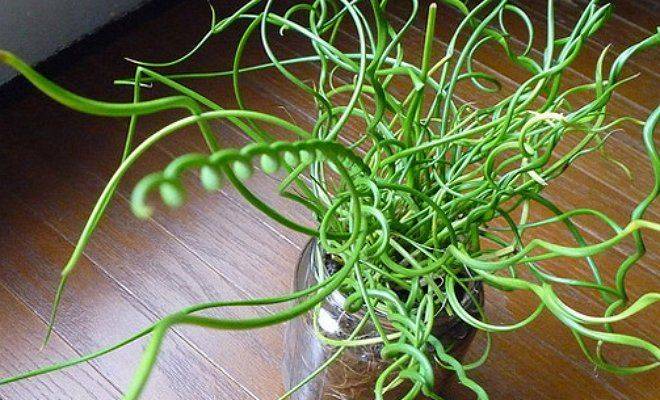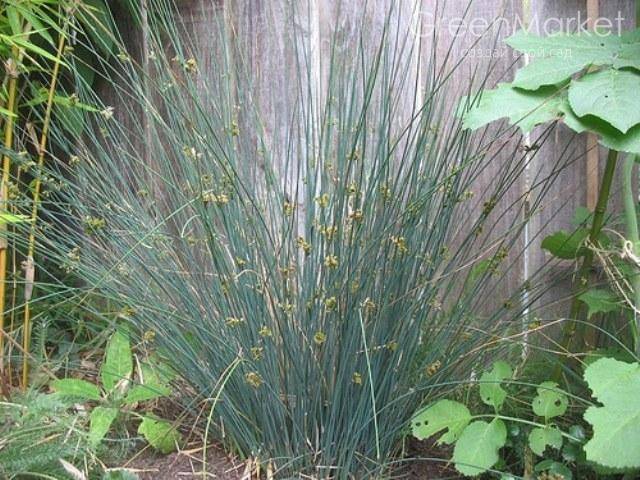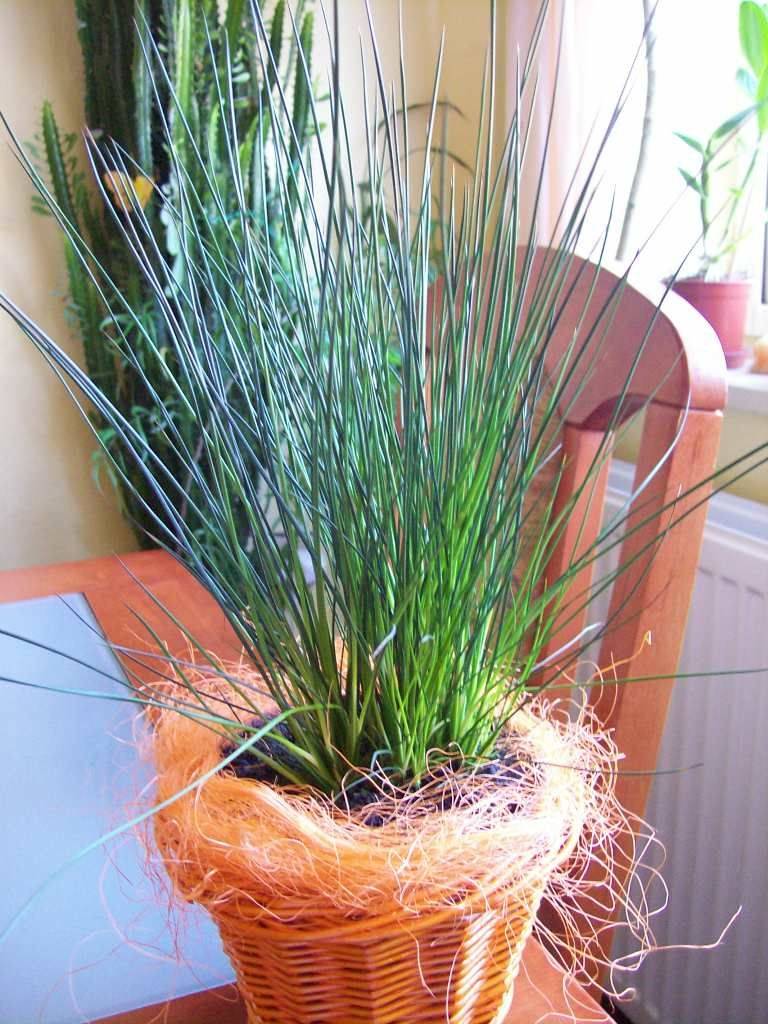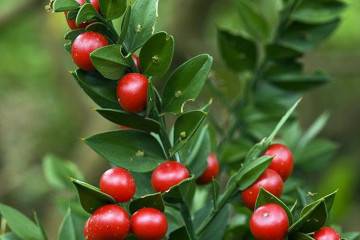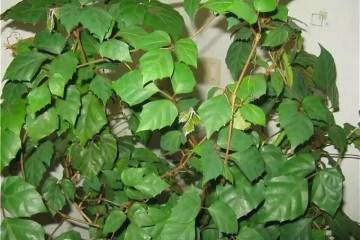Spreading rush - home care
Content:
Many indoor plants are appreciated for their beautiful flowering, but there are species that are very decorative in themselves. The spreading rush is just such a case. Its original shape and extravagant appearance will not leave anyone indifferent. In addition, this handsome man is very unpretentious and grows well in an apartment.
Spreading rush
The history of this plant dates back to ancient Rome, but as an indoor flower it began to be used quite recently. There are many different species that can be grown both outdoors and in a pot on a windowsill. The rump has another name - juncus.
Sitnik is a plant that is a thin dense stems with no leaves. They are quite long and twisted in a spiral. Flowering is not attractive.
Common varieties
Several varieties of spreading junkus are suitable for growing in an apartment, most often you can find spiral rushes. They differ in their appearance, but are all equally decorative. Sometimes it's hard to believe that nature itself could twist the shoots so bizarrely.
The main difference is the description of the color and shape of the stems:
- Effusu Spiralis - unusual spiral shape;
- Blonde Ambition - yellow with a golden tint;
- Vittatus - green tall stems with a yellow tinge;
- Gold Strike - flattened shape, yellow-green color.
Species such as toad rush, flattened rush and thin rush are more suitable for growing near reservoirs in open ground. The marsh rush and crowded rush are common in the wild, and the articulate rush are planted along the banks of water bodies. The Blue Dart variety has a blue tint of shoots and is often used in landscape design.
Room care
Dzhunkus spiral spreading is rather unpretentious, but certain conditions are necessary for it for full growth. In caring for this flower, you should adhere to several rules:
- Choose a place for a flower that is light, but protected from direct sunlight and drafts.
- The temperature must be kept above 16 degrees.
- Watering is needed abundant and frequent.
- To maintain high air humidity, it is better not to use spraying, but to use a humidifier or place a pallet with wet expanded clay next to the flower.
- The soil for junkus needs a loose and nutritious, a drainage layer at the bottom of the pot is required.
- As a top dressing, a complex mineral fertilizer should be applied every 2-3 weeks.
Observing these simple rules, it can be argued that the sitnik will fully grow and develop.
Features of winter care
Young specimens of junkus do not need a dormant period in winter. They are able to fully grow and develop all year round.
When and how it blooms
The flowering period is in the summer months - from June to July. The flowers of the plant are no less bizarre than the shoots.
On panicle-like peduncles, small flowers are located. The perianth is green in color with a brownish-red rim and diverges from the base in the form of several thin leaves. After flowering, brown seed pods are tied.
Reproduction
To obtain new young plants, two methods of reproduction of junkus are used - sowing seeds and dividing the bush. Growing this plant from seeds is not so difficult as for a long time. This method is used for varieties such as Gerard's bullock and Mechelistny bullock. The most commonly used method of dividing the root system.
Dividing the bush
In order to obtain new specimens of a flower, it is removed from the pot and the root system is carefully divided. Separate parts are seated in containers with nutrient soil and watered. The most appropriate moment for this procedure is the time of the transplant.
Transfer
Given the ability of the root system of junkus to actively grow, it is recommended to transplant a flower annually in the first months of spring.
For a successful landing, several conditions must be taken into account:
- The new pot should be larger than the previous one and 1.5 times the size of the root system.
- The soil must be nutritious and allow air and water to pass through well.
- There must be a drainage layer at the bottom of the pot.
- After transplanting, abundant watering is required.
If everything was done correctly, after 2-3 weeks the transplanted plant will take over and start growing.
It is advisable to apply a complex mineral fertilizer in a month, which can be purchased at any garden center.
Diseases and pests
Juncus rarely gets sick and practically does not suffer from pests. But sometimes on the shoots you can find scale insects, aphids or spider mites.
It is possible to determine which parasite has settled on a plant by certain criteria:
- Aphid. Shoots are covered with small green bugs.
- Shield. A characteristic bloom and dense brown bumps appear.
- Spider mite. Shoots are covered with white cobwebs, sticky to the touch.
Usually, one treatment with a special insecticide for indoor plants is sufficient. You also need to isolate the infected flower from other plants in the apartment.
Juncus spreading has recently been grown as a houseplant. However, he has already fallen in love not only with flower growers, but also with decorators. Although many people still do not know what a sitnik is.
The unusual shape of the shoots makes it a highlight of any home, the Juncus spiral is especially attractive. Home care for this flower will not be a hassle. The filamentous rush will decorate the garden, this sprawling flower will look great by the reservoir, and it is quite simple to care for it.
